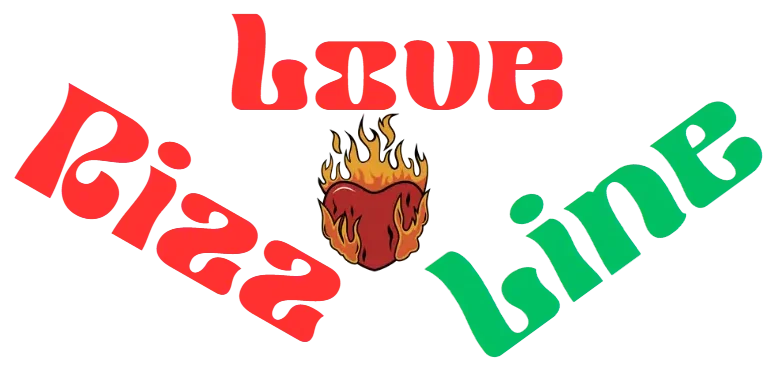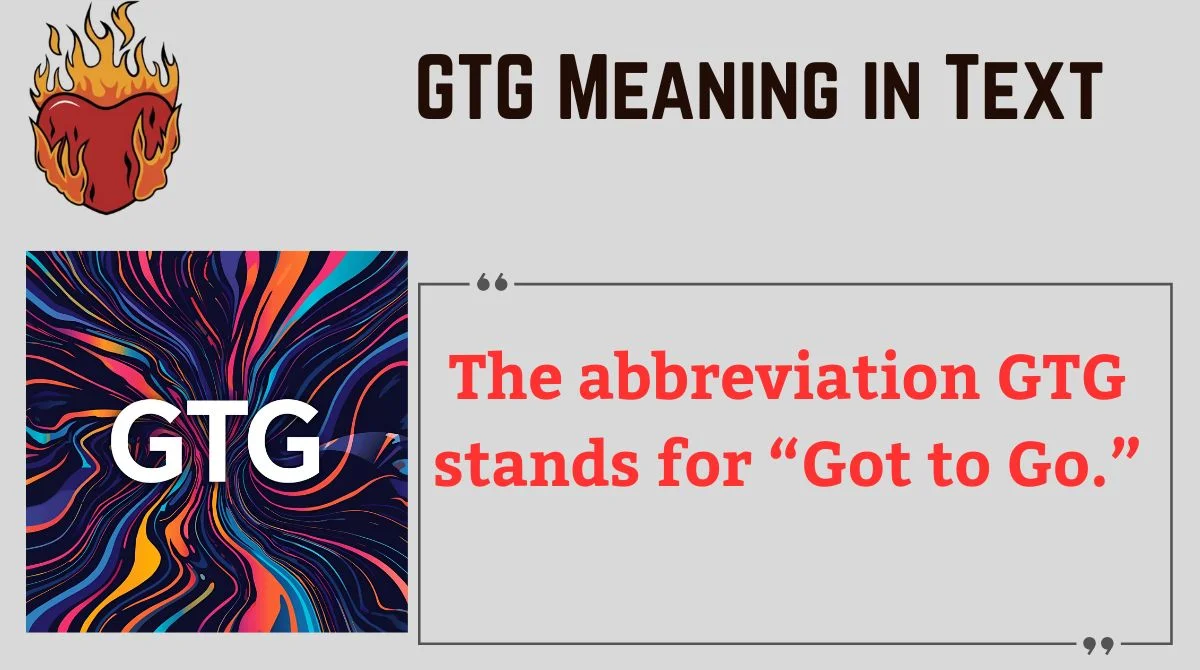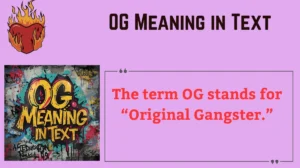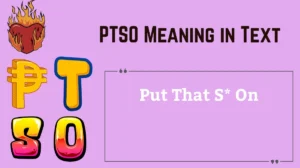Online conversations move fast. One second you’re sharing memes, the next someone drops a quick “GTG” and disappears.
This tiny acronym has shaped how millions of people end digital conversations, whether through texting, gaming chats, or workplace tools.
Understanding the meaning of GTG, how it’s used, and what it signals helps you read tone more accurately and avoid misunderstandings.
This guide breaks it all down in plain, easy-to-follow language — with real examples, cultural nuances, and smart etiquette tips.
What GTG Actually Means
The abbreviation GTG stands for “Got to Go.” It’s a common digital shorthand used when someone needs to leave a conversation quickly.
It’s short, informal, and widely recognized across texting platforms, gaming communities, and social media apps. GTG often functions as a polite sign-off rather than a cold goodbye.
Here’s what GTG typically conveys:
- ⚡ Quick exit: The person is about to leave the chat or conversation.
- 😊 Politeness: It softens abrupt endings.
- 🕑 Immediacy: It’s usually used when someone needs to go right away.
“GTG doesn’t end friendships. It ends conversations — fast, clear, and polite.”
GTG vs G2G
| Acronym | Full Form | Tone | Usage Context |
|---|---|---|---|
| GTG | Got to go | Casual, neutral | Everyday texting, social media |
| G2G | Got to go | Slightly more modern | Gaming, informal chat, younger users |
The two acronyms mean the same thing, but G2G often feels a bit more playful or modern. GTG remains the most commonly used version.
The Origins and Evolution of GTG
GTG didn’t appear overnight. Its story starts in the early days of online communication:
- 1990s: GTG first appeared in chatrooms, IRC channels, and early messaging platforms like AOL Instant Messenger.
- Early 2000s: As texting exploded, abbreviations like LOL, BRB, and GTG became everyday language.
- 2010s onward: GTG became mainstream across WhatsApp, Instagram DMs, Discord, and gaming chats.
The rise of fast digital communication made brevity crucial. Typing “I have to go now” took too long, but “GTG” said the same thing in three keystrokes.
“The best language adapts to speed. GTG is a product of that evolution.”
Real-Life Examples of GTG in Conversations
GTG changes slightly depending on the platform. Here’s how it shows up in everyday conversations:
Text Messaging
- Friend A: “I’ll send you the link in a bit.”
- Friend B: “Cool, GTG now. Catch up later.”
Tone: Casual, friendly, polite exit.
Social Media DMs
- User 1: “Did you see that trend on TikTok?”
- User 2: “Yeah! GTG tho, my battery’s dying.”
Tone: Light, abrupt but not rude.
Gaming Chats
- Player A: “Ready for the next round?”
- Player B: “GTG, squad dinner IRL 😅.”
Tone: Immediate action, team communication.
Work Chats
- Coworker 1: “Need your quick approval.”
- Coworker 2: “GTG, another call starting. Ping me after.”
Tone: Semi-professional, efficient.
These snippets show how tone shifts slightly with each context but the core meaning stays the same.
How GTG Is Used Across Different Contexts
Casual Texting and Social Media
- Friendly, no-pressure sign-off.
- Common among close friends, classmates, or family.
- Can be softened with emojis: “GTG 😄,” “GTG ttyl ✌️.”
- Usually implies the conversation can continue later.
“GTG in casual chats feels more like a pause than a goodbye.”
Gaming
- Gamers use GTG to signal they’re leaving a match or session.
- Keeps communication fast and clear during intense gameplay.
- Common in team-based games where timing matters.
Example: “GTG, my internet’s dying” or “GTG before the next match.”
Professional or Semi-Formal Settings
While GTG is casual, it sometimes slips into workplace communication tools like Slack, Teams, or Zoom chat.
When it works:
- Internal team chats where the culture is informal.
- Quick handoffs during meetings.
When it doesn’t:
- Formal emails.
- Messaging senior management.
✅ Better alternatives in professional settings:
- “I’ll have to step out for a bit.”
- “I need to log off now, talk later.”
- “I’ll be away from chat for the next hour.”
Common Misconceptions About GTG
Many misunderstand GTG, but most myths stem from tone misreading.
| Misconception | Reality |
|---|---|
| GTG is rude or dismissive | It’s usually polite and neutral. |
| GTG means the conversation’s over | Often it’s just a temporary pause. |
| GTG is outdated | It’s still one of the most used texting abbreviations worldwide. |
| GTG can only be used with friends | It’s versatile and can be adapted depending on context. |
“GTG isn’t cold. It’s convenient.”
Similar Terms and Common Alternatives
Texting has a language of its own. Here are similar acronyms people use alongside GTG:
| Acronym | Full Form | Meaning | Use Case |
|---|---|---|---|
| G2G | Got to go | Same as GTG | Texting, gaming |
| BRB | Be right back | Temporary break, returning soon | Messaging, gaming |
| TTYL | Talk to you later | More casual, friendly goodbye | Friends, social media |
| BBL | Be back later | Temporary break, not specific on return time | Forums, chats, gaming |
| AFK | Away from keyboard | Not available at the moment | Gaming, work chat, tech forums |
Quick Usage Tips
- Use BRB if you’ll return shortly.
- Use TTYL if you want a warmer goodbye.
- Use GTG for quick exits without fuss.
How to Respond to GTG
When someone says “GTG,” a simple and friendly reply goes a long way.
Polite, Casual Replies
- “Okay, talk soon!”
- “No worries, ttyl!”
- “Catch up later 👋.”
More Warm Replies
- “Alright, have a good one!”
- “Got it, we’ll pick this up tomorrow.”
- “Stay safe!”
“You don’t need a big speech to end a chat well. A warm, quick line works best.”
Regional and Cultural Nuances
Language shifts across regions, and GTG isn’t immune.
Regional Differences
- North America & Europe: Common in everyday texting, often casual.
- Asia: Used mainly among younger audiences or in gaming.
- Middle East & South Asia: Frequently mixed with local slang or language.
Age Group Patterns
- Teens & Young Adults: Prefer GTG and G2G in casual contexts.
- Older Adults: Might use full phrases like “I have to go.”
Cultural note: In some cultures, abrupt goodbyes are seen as impolite, so people soften GTG with emojis or kind phrases like “GTG, have a nice day 😊.”
GTG in Niche Online Communities
Dating Apps
GTG on dating apps carries a slightly different weight. It’s not just about leaving a conversation — it can also signal interest levels.
- If paired with warm words: “GTG, but I’ve enjoyed chatting 😊” → positive tone.
- If abrupt: “GTG” → may suggest lower interest or disengagement.
Pro tip: Adding a softener keeps it from sounding cold.
Forums and Group Chats
GTG helps manage flow in busy group chats.
- Lets others know you’re signing off.
- Reduces confusion about silence.
- Common in gaming guilds, Discord servers, hobby forums.
“GTG keeps conversations organized without dragging them out.”
Professionalism Check: Is GTG Appropriate at Work?
GTG can appear in workplace chats, but context matters.
✅ Okay to use:
- Team channels with informal culture.
- Quick Slack replies among peers.
🚫 Avoid in:
- Formal project updates.
- Emails to clients or superiors.
| Situation | Recommendation |
|---|---|
| Slack DM with a teammate | GTG or casual sign-off works. |
| Client email | Use formal phrases instead of GTG. |
| Team huddle message | GTG can be acceptable depending on company culture. |
| Presentation chat Q&A | Better to use clear professional phrasing. |
Better alternatives:
- “I need to jump to another call.”
- “I’ll follow up after this meeting.”
- “Let’s continue this later.”
Is GTG Ever Offensive or Rude?
GTG itself isn’t offensive, but timing and delivery can change its tone.
When It Feels Rude
- Ending a serious conversation too abruptly.
- Not giving any context.
- Using it mid-discussion without follow-up.
How to Soften It
- Add a friendly closer: “GTG, but I’ll text later.”
- Use emojis.
- Give a quick reason: “GTG, early morning tomorrow.”
Remember: tone travels poorly through text. A tiny addition can change the way your message lands.
FAQs About GTG Meaning in Text
What does GTG mean in text?
GTG stands for “Got to go.” It’s a shorthand way to say you’re leaving a conversation or stepping away.
Is GTG rude to use?
No, GTG isn’t inherently rude. It depends on timing, tone, and whether you soften it with a kind phrase or emoji.
What’s the difference between GTG and BRB?
GTG means you’re leaving the conversation, often for a while. BRB means you’ll return shortly.
Is GTG still popular in 2025?
Yes. Despite newer slang, GTG remains one of the most common text abbreviations, especially in casual and gaming conversations.
Can GTG be used at work?
In informal team chats, yes. But in formal settings, it’s better to use professional alternatives like “I need to log off now.”
Key Takeaways
- GTG = Got to Go. It’s a quick, polite sign-off used worldwide.
- Tone matters. GTG isn’t rude when used right.
- It originated in early chatrooms and remains relevant across platforms.
- GTG has cultural and regional variations, but the meaning stays the same.
- For professional settings, consider alternative phrases for clarity.
Conclusion
GTG is more than three letters. It reflects how digital language adapts to speed, tone, and connection. It helps end conversations smoothly without sounding robotic or abrupt.
Whether you’re gaming with friends, signing off from work chat, or saying goodnight on a dating app, GTG carries its own subtle message.
Used right, GTG is clear, kind, and efficient — just like good communication should be.

Mark Peter is the creative mind behind RizzleLineLove.com, your go-to hub for witty, flirty, and downright hilarious pick-up lines. With a passion for blending humor and charm, Mark crafts content that sparks conversations, breaks the ice, and adds a playful twist to everyday moments.
Whether you’re looking to impress your crush, make your friends laugh, or spice up your social media captions, his work is all about helping you connect — one clever line at a time.



